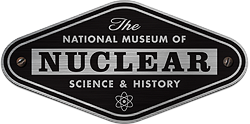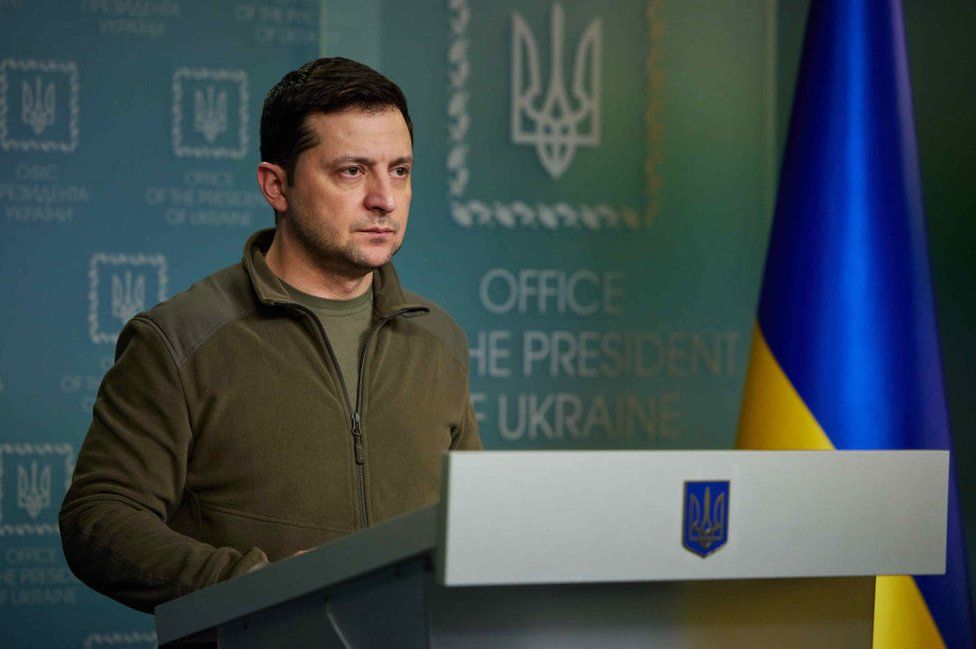March 12, 2022 Newsletter
This newsletter focuses on the Ukrainian situation today and its links to the past. The first article highlights how the speeches of Winston Churchill in June 1940 inspire Ukrainian President Volodymyr Zelensky as he defends his country from Russia’s ruthless invasion. Second, Manhattan Project veteran Benjamin Bederson recounts his shock at seeing children starving in Kiev in 1932-33. Finally, my own experience teaching Soviet history to the son of Ukrainian immigrants in New Haven, Connecticut, underscores the many ties between the USA and Ukraine.
WE SHALL NEVER SURRENDER
On Tuesday, March 8, 2022, Ukrainian President Volodymyr Zelensky became the first foreign leader to address the British House of Commons. As broadcast by C-SPAN, Mr. Zelensky drew on Winston Churchill’s inspiring speech to the same chamber on June 4, 1940.
At that dark hour, a hastily assembled flotilla of 800 vessels had just rescued some 338,000 British forces from Dunkirk. The Nazis were just days away from entering Paris. The United Kingdom would soon be the last major nation in Europe not yet conquered by Nazi forces. In addition to rallying the British, Churchill hoped his passionate speech would help convince the United States to support Britain.
“We shall defend our island, whatever the cost may be. We shall fight on the beaches, we shall fight on the landing grounds, we shall fight in the fields and in the streets, we shall fight in the hills; we shall never surrender.”
Echoing Churchill’s speech, on March 8, 2022 Mr. Zelensky committed Ukraine to defend itself against the Russian invasion.“We will fight till the end, at sea, in the air. We will fight in the forests, in the fields, on the shores, in the streets.”
Zelensky’s speech brought a standing ovation.
Ukraine’s heroic defense and the President Zelensky’s impassioned pleas have galvanized Western support. As of now, cease-fire talks have faltered. The indiscriminate bombing of homes and hospitals continues as tanks rumble toward Kyiv. No one knows when or how this conflict will end but the losses to Ukraine are already staggering.
EYE WITNESS TO STARVATION
The oppression of Ukrainians by Russia is not new. Manhattan Project veteran Benjamin Bederson remembers his horror when his family arrived in Ukraine to visit a relative at the height of the famine of 1932-33.
Soviet leader Joseph Stalin was determined to collectivize Ukrainian farms. The Soviets severely punished “kulaks,” Ukrainian farmers, and others who resisted his orders. With strict production quotas, the Soviets confiscated harvests leaving the Ukrainian people to starve. In Ukraine, the resulting famine is known as the “Holodomor,” or “murder through starvation.” An estimated 3.9 million Ukrainians, about 13 percent of the population, perished.
Benjamin Bederson was born to Russian immigrants in New York City in 1919. Often unemployed and very poor, his parents dreamed of a better life. In 1933, President Franklin D. Roosevelt recognized the Soviet Union for the first time since the revolution of 1917. Ben’s family were granted permission to return to Russia where Ben’s father began working at a big food factory in the outskirts of Moscow.
In 1933, the family took the train to Kyiv to visit Ben’s aunt. As Ben recalls in AHF’s interview, “When I got out of the train in the square in Kyiv, I saw something very peculiar. I saw children walking around with swollen bellies, and I didn’t understand that.
“They explained to me that these children were starving. I saw one child dead in the streets, right in front of me, with a swollen belly. A policewoman was taking the shoes off the child. It was totally astonishing to me. That’s the way Ukraine was.
“It was quite different than Moscow. In Moscow, there was food. It was very poor food, but there was food. In Ukraine, there was no food. People were starving right in front of my eyes.
“It was a big shock to me, of course. I knew that there was something wrong. It was a reasonably short train ride from Moscow to Kyiv, and yet in one city, there were people that were eating and the other city, people were starving. I didn’t understand that.
I believe that at that point, I began to question the whole idea of communism. When I came back to America, I found out what really happened. Stalin was punishing the kulaks.”
UKRAINIAN CAKE
The son of Ukrainian immigrants, Walter Stadnicki was a student in a seminar I was teaching on the history of the Soviet Union at Wilbur Cross High School in New Haven. Everything went well until the class considered the writings of Karl Marx and his utopian vision of a communist society.
Word of these discussions reached the president of the Ukrainian society in New Haven.This prompted him to call the Superintendent of New Haven Public Schools to complain vociferously.
After a meeting with the Superintendent, we moved on from discussion of communist theory and focused on what happened in Ukraine under the Soviet regime. Once the breadbasket of the entire region, in the early 1930s Ukraine could no longer feed its people. Under Stalin, Ukrainian farmers were stripped of their land to create huge state-run collective farms. Production plummeted and millions died of starvation.
On the last day of class, Walter brought photos of his relatives in Ukraine whose weathered faces and worn leather boots reminded me of Van Gogh’s paintings of peasants. His mother made a Ukrainian poppy seed cake for the class. Apparently, all was forgiven.
The next year, Walter was valedictorian of his high school class and entered Johns Hopkins University, earning both a Bachelor’s and a Master’s degree. He had a career in foreign relations and was chairman of the Connecticut branch of the Americans for Human Rights in Ukraine. Sadly, Walter died in 2012. Otherwise he would have been showing his support for Ukraine on the New Haven green and elsewhere.
EINSTEIN GALA AND AWARD CEREMONY
On Saturday, March 26, 2022, the National Museum of Nuclear Science & History (NMNS&H) will hold its annual Einstein Gala. This is the first time in two years that the Gala has been held in person. Last year I accepted the 23rd Annual Award for Nuclear Science & History on Zoom.
This year the 24th Annual Award for Nuclear Science & History will be presented to Dr. Shirley Ann Jackson at the Museum. Dr. Jackson is a theoretical physicist and the 18th president of Rensselaer Polytechnic Institute (RPI). In 1995, she became Chairman of the United States Nuclear Regulatory Commission. In 2016, President Obama presented her with the prestigious National Medal of Science. As Time Magazine noted, Dr. Jackson is “perhaps the ultimate role model for women in science.”
Proceeds from the Einstein Gala help support the Museum’s Science, Technology, Engineering and Mathematics (STEM) educational programs for K-12 students. For tickets and more information, click here.
THANKS FOR SAVING AHF’S WEBSITES
Thanks to everyone who generously donated to preserving the Atomic Heritage Foundation’s websites online. Together with funds raised by the National Museum of Nuclear Science & History, we should be able to begin the migration of the sites to a secure platform this spring.
The outpouring of support reaffirmed the value of twenty years of effort to capture the history of the Manhattan Project and make it available online. History matters!





